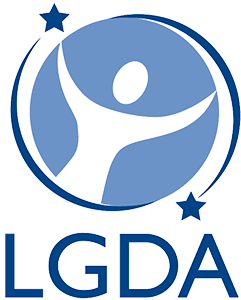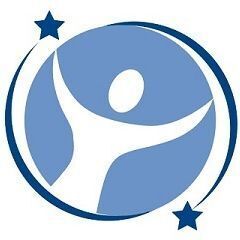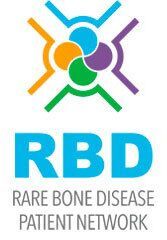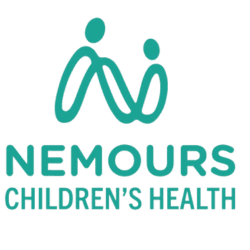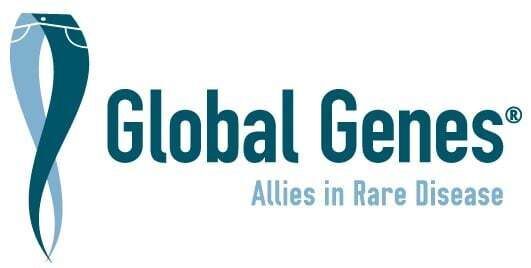Hayley
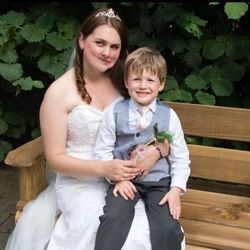
Hello, my name is Hayley. I am 37 years old, originally from Oxfordshire, United Kingdom. A fun fact; the TV programme Midsomer Murders was famously filmed there.
I grew up in a quiet village at the base of the Chiltern Hills which I enjoyed viewing from out of my bedroom window, it didn’t take long for me to delight in the wonders of nature.
At only 2 years old I became seriously ill with Pneumococcal Meningitis and was given 48 hours to live. Luckily I responded to antibiotics and survived. However since then I’ve encountered problems with disliking loud noises, bright lights and I had an unstable bladder as a child. Still we are not sure if any of these are linked to Gorham’s Disease in any way.
My symptoms began when I was 6 years old. During a check-up at the dentist, it was found that my teeth on the lower left hand side were all loose. I was referred to the maxillofacial team at The John Radcliffe Hospital in Oxford. I had loads of tests done, with some taking place in London. One of which was a biopsy taken from the roof of my mouth which later resulted in 2 haemorrhages where I lost a lot of blood, needing blood transfusions and an operation to stop the bleeding.
My consultant and his team had no idea what was happening to me, they had no information to go on and they didn't know of anyone else with this disease. Through my consultant's research over many years, I was finally diagnosed with Gorham-Stout disease at the age of 11.
Gorham Stout Disease is a very rare skeletal condition characterized by progressive loss of the hard outer surface (cortex) of the bone.
The disease affected the left side of my face which then continued to the back of my skull only 2cms away from my spine. At that point, it was life-threatening but being only 11 years old at the time my parents couldn’t tell me that I could die.
I began chemotherapy and daily calcitonin injections in the hope it would stop the disease from spreading.
It was then found that my jaw bone was 2mm thick and had broken. I needed to have a major 12-hour operation to reconstruct my jaw with bone and nerve grafts. Simply put they cut me open ear to ear under my chin, my fibula and a toe from my left foot were amputated to make the new jaw. Nerves and arteries were taken from my legs and feet to create a new blood supply and a titanium metal plate was inserted to keep the new jaw in place.
I was in intensive care for a few days after the operation; then once back on the children’s ward, I was put in a room on my own due to my appearance, bedridden with both legs in plaster and unable to move, eat and drink for 6 weeks. I gradually gained strength through being tube fed and with physio was able to use a walker and crutches while I learned how to walk, talk, and eat again. It was while looking at my reflection in the mirror I noticed the severity of what I’d just undergone. My mum helped to bathe me and my eyes filled with tears, I had lost a serious amount of weight and felt so frightened.
Unfortunately, the first reconstruction surgery didn’t work and the bone was rejected. After months of severe infections and operations to try and find out why the infections kept coming back, a central line was inserted into an artery going straight to my heart. A nurse visited my home daily for several months to administer various IV antibiotics, but most of them didn't work, and the infection kept returning. Then microbiology tried me on a different antibiotic which was a success and to this day I’ve had no more infections.
I had to endure a second operation to reconstruct the left side of my face again. During this one, a nerve was damaged paralyzing the left side of my face.
Another major operation was done after to insert new muscles and nerves in the hope that some movement would return. A piece of gold was also inserted into my eyelid to help it close at night and to prevent dryness and infection.
After my 13th birthday, I was told that my condition was life-threatening and I could die if it spread to my spine.
During this long spell in hospital my mental health was deteriorating, I couldn’t stop crying. One night the nurses were concerned, they called my parents and my dad drove the 25 miles in the middle of the night to be with me to help calm me down and he ended up sleeping in the car.
My consultant continued to review me every 6 months then decided because I was at the age where I had stopped growing, he would run some more tests and x-rays.
I will never forget the day he called me into the room, he looked stunned. He held my hand in his, looked into my eyes, and said with a huge smile on his face, ‘The disease is gone, my girl you are a bloody miracle.’
‘What do you mean it’s gone? How?’ I asked, my eyes filling up with tears.
‘I have no idea, it could be because you have stopped growing but we cannot know for sure, all we know is there is no evidence of the disease’. He showed me my latest x-rays and test results.
My Gorham Stout Disease went into remission at the age of 21.
I didn’t know how to feel, part of me was jumping with joy and another part felt like I had been robbed or tricked. What do I do now? My whole life, hospital is all I’ve known, it was my second home, second family and now he’s saying that will no longer be the case.
In total, I endured over 100 operations.
I missed out on most of my childhood and teenage years because of all the time I spent in hospital. This also affected my schooling, my appearance, my confidence, mental health, and general quality of life.
Upon the closing of that chapter, I met my husband Aaron in August 2005. We had a very long engagement and I moved to Buckinghamshire after completing my qualification in Early Years Care and Education in 2006.
My life from then onwards was looking up, I was working with children as a Nursery Nurse and studying for a diploma. I appeared in national newspapers and magazines to raise awareness about GSD. I even began writing an autobiography based around it to benefit hospitals, health professionals, other patients and for the research into such a rare disease.
In 2012, I became pregnant with our son. I was shocked because once upon a time I overheard a doctor telling my parents that the chemo for GSD could affect my fertility. All my fears swam to the surface again. What if our baby inherits GSD? (**see note below)
I kept a pregnancy diary, writing letters to baby while in my tummy. I was asked if I wanted genetic testing but I refused. With GSD being so incredibly rare it was highly unlikely it could be passed on but the fear was still there. My pregnancy went according to plan and our son was born in February 2013.
My happy ever after or so I thought......
Disaster struck again in 2014 and not long after his 1st birthday I was diagnosed with Cervical Cancer. I couldn’t believe it, I went into full-blown survival mode again. I wasn’t ready to leave and I was determined to battle through so I could fulfill my dream of being a mother.
I underwent a hysterectomy, chemotherapy, radiotherapy and brachytherapy all in the space of about 6 months. Towards the end of my chemo and radiotherapy, something was wrong.
I had continuous dizziness, ringing in my ears, severe vomiting, and pounding headaches. I assumed it was just side effects from cancer treatment until one day I almost collapsed at the hospital. A student nurse recognized my symptoms straight away and I was admitted into hospital with suspected Addison’s Disease, which was later confirmed with a blood test. Another rare, life-threatening chronic disease that cannot be cured and means I need to take lifelong steroids to replace what my body no longer produces or risk going into a coma and potentially die.
Our plans of continuing our family were crushed after cancer but we accepted it and delighted in the joys of parenting our son and seeing him start his first day at primary school, a day I didn’t think I would get to see.
Fast forward to now September 2024, we are married, our son has just started secondary school and although Addison’s Disease and the other side effects from cancer continue to weigh me down and affect my quality of life I still have the same perception of life I’ve always had;
The flower that blooms in adversity is the most rare and beautiful of them all.
I give thanks for every sunrise and every sunset and I cherish all the moments that are in-between.
**NOTE: Activating somatic KRAS gene variants, or mutations, are thought to cause GSD. A change in DNA that occurs after conception. Somatic variants can occur in any of the cells of the body except the germ cells (sperm and egg) and therefore are NOT passed on to children.
